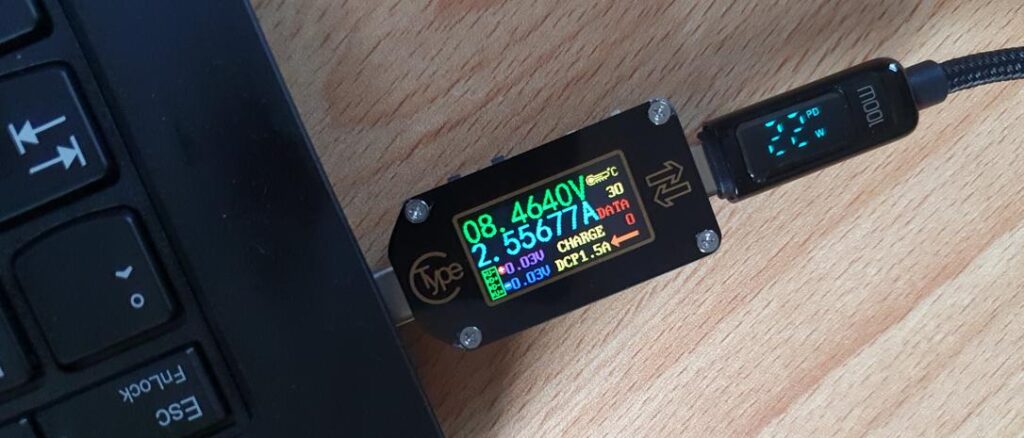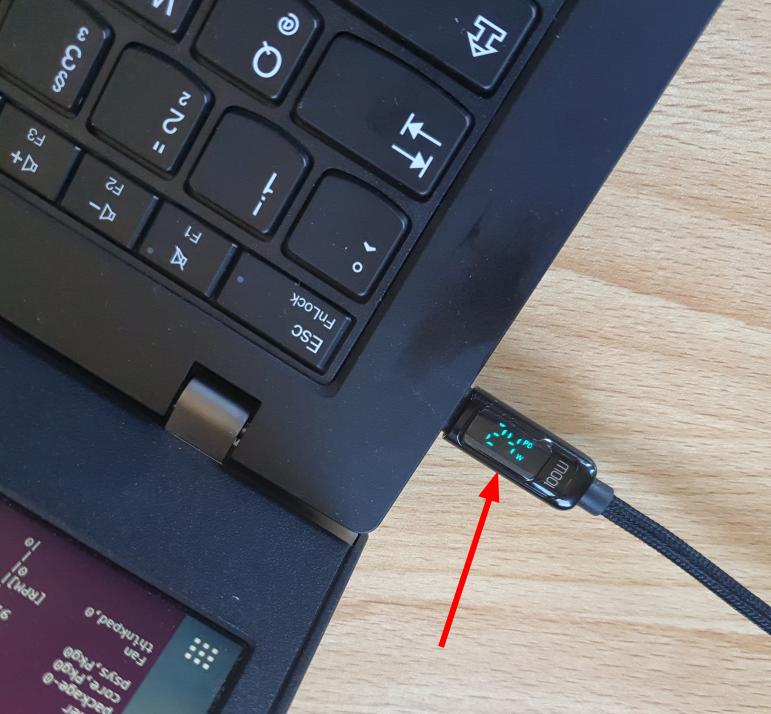
A couple of months ago, I discovered a USB Power Delivery (PD) cable that came with a little LCD display, so one could actually see the amount of power delivered over the cable. In the meantime, I’ve bought a couple of them because this is very useful. But they only show the power, no voltage and no overall power consumption over time. Also, I can’t measure power delivered by older power supplies with a USB-A connector or over USB PD cables that are permanently attached to a power supply. But I recently discovered a USB-C to USB-C USB PD tester with a small display that can do all of this: The JC-TC66C for around 35 euros.
Continue reading 100 Watt USB Power Monitoring
